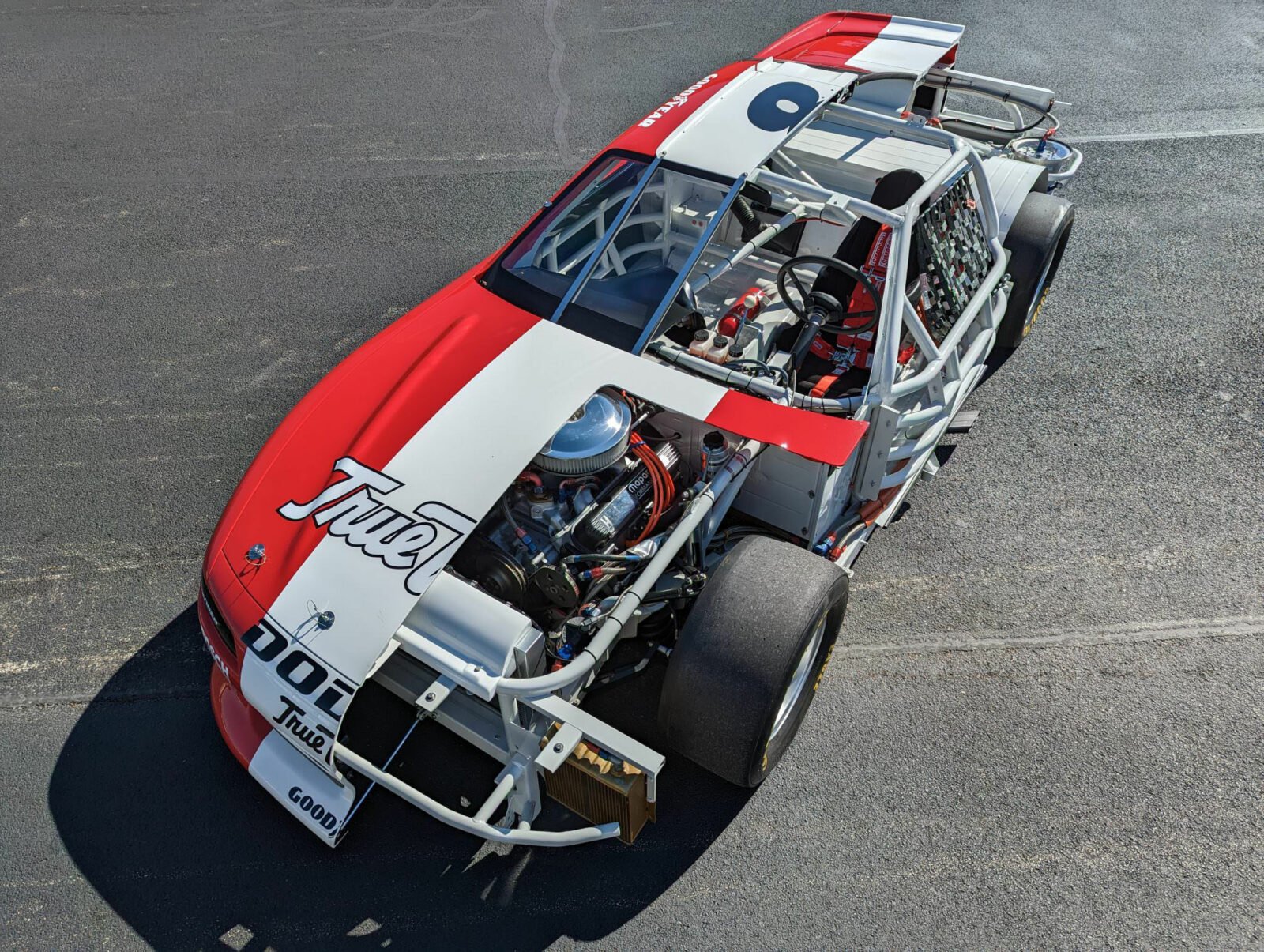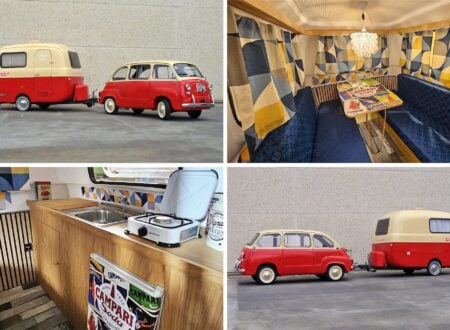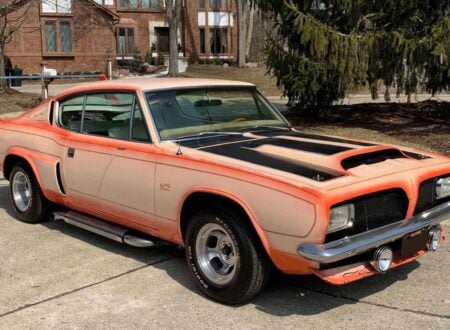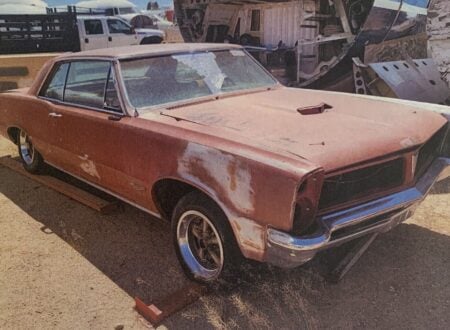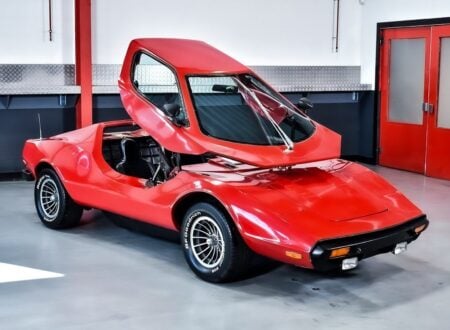This is a fully-functional Dodge Avenger cutaway IROC race car. It comes with two sets of body panels so the new owner can decide if they want to keep it in “cutaway” mode as it is now, or bolt on the full body and take it racing.
This vehicle was driven in International Race of Champions (IROC) from 1993 through to the 1995 seasons, after this it was used as a promotional car for the Marlboro Racing Experience. It’s powered by a 355 cubic inch V8, it has a 4-speed manual transmission, and it’s being offered for sale out of Indianapolis, Indiana.
Fast Facts – A Dodge Avenger Cutaway IROC Race Car
- The International Race of Champions (IROC) was a motorsport series that ran from 1974 to 2006. It was conceived by Roger Penske, a renowned American race car driver, team owner, and businessman working with Les Richter and Mike Phelps.
- The purpose of IROC was to bring together the world’s top drivers from various racing disciplines and pit them against each other in identical cars to determine the best all-around driver.
- IROC featured a diverse lineup of drivers, including champions from different racing disciplines such as NASCAR, Formula 1, IndyCar, and sports car racing.
- The car you see in this article is a Dodge Avenger IROC race car with a tube-frame chassis built by Banjo’s Performance Center. It’s powered by a 355 cubic inch Dodge V8 with a four-barrel carburetor, and power is sent to the quick-change rear differential via a four-speed manual transmission.
- According to its logbook this car was driven by many major icons of American motorsport including Dale Earnhardt, Al Unser Jnr, Kyle Petty, Steve Kinser, Davy Jones, Ricky Rudd, and Australian driver Geoff Brabham.
The Dodge Avenger IROC Race Car
This vehicle was built specifically to race in the International Race of Champions (IROC), a series in which all the cars are identical in order to showcase the skills of the driver. All cars made for the series at this time would have followed the same formula as this Dodge Avenger silhouette race car.
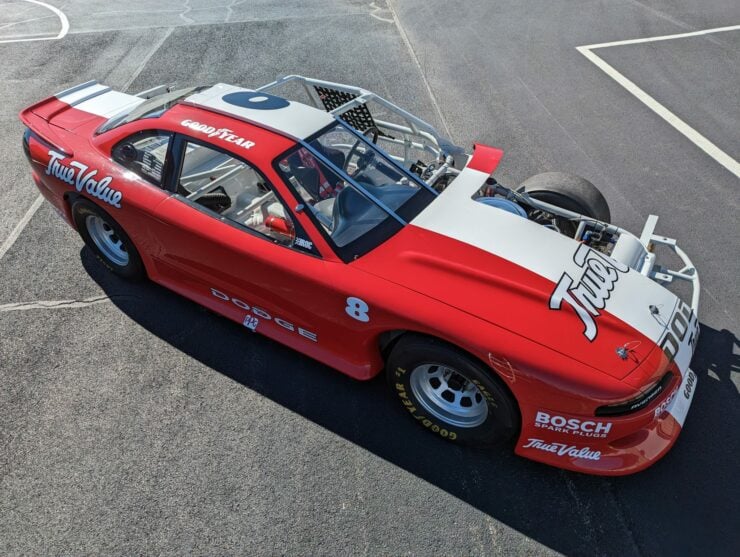

This car started out with a tubular steel spaceframe chassis that was built by the team over at Banjo’s Performance Center in Arden, North Carolina. The driver sits on the left in a racing seat with a full five-point harness, and the car has a built-in fire suppression system.
Power is provided by a front-mounted 355 cubic inch V8 topped with a four-barrel carburetor, an MSD electronic ignition system, and the left valve cover and oil tank have been fitted with transparent windows to show the internal workings when the engine is running.
Power is sent back through a four-speed manual transmission with a Hurst shifter to a quick-change differential which sits in a live axle in the rear. The car has independent front suspension, and all four corners are adjustable, with disc brakes at each wheel to provide stopping power.
It has a rear-mounted fuel cell, 15” wheels with Goodyear racing slicks, and it comes with two complete sets of body panels. The body work its currently wearing is the “cutaway” version, it also has a full version for normal racing activities.
Above Video: This is the complete first race of the 1993 IROC season, see if you can spot the car shown in this article in its original white bodywork.
Original IROC cars are now considered collectible by many, particularly vintage examples like the one shown in this article. According to its logbook this car was driven by many major icons of American motorsport including Dale Earnhardt, Al Unser Jnr, Kyle Petty, Steve Kinser, Davy Jones, Ricky Rudd, and Australian driver Geoff Brabham.
The International Race of Champions (IROC)
The International Race of Champions (IROC) was a motorsport series that aimed to bring together top drivers from various racing disciplines to compete against each other in identical cars. The series was founded in 1973 by Roger Penske, a major figure in the world of American motorsport, working alongside Les Richter and Mike Phelps. It was initially sponsored by the Union 76 oil company.
IROC’s concept was to provide a level playing field by using identically prepared cars. This eliminated any advantage that a driver’s regular racing team, engineers, or car might provide. The first season of IROC took place in 1974 and featured 12 drivers from different racing disciplines, including NASCAR, Formula One, sports car racing, and IndyCar.
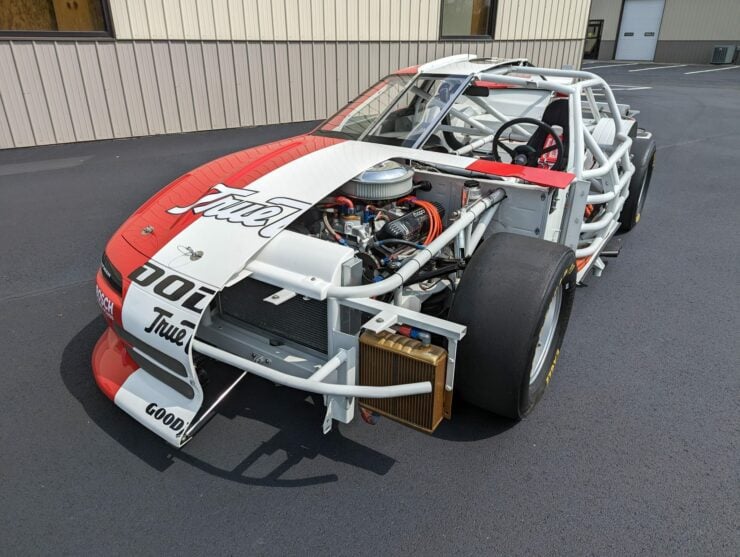

IROC races were held on a mix of oval tracks, road courses, and street circuits, with the schedule often featuring a combination of venues. The series typically ran a short season, consisting of three to four races per year. The races were relatively short in duration, often around 100 miles, but they provided intense competition due to the caliber of drivers involved.
Some of the most legendary drivers in American motorsports history participated in IROC, including A.J. Foyt, Mario Andretti, Dale Earnhardt, Richard Petty, and many others. The series served as a platform for showcasing talent across vastly different racing disciplines and allowed fans to witness battles between drivers who may otherwise have never met on track.
IROC enjoyed considerable success and popularity throughout the 1970s and 1980s. However, as the 1990s progressed, the series faced challenges due to financial difficulties and changes in the racing landscape. The final full season of IROC took place in 2006, and the series officially disbanded in 2008.
The Dodge Avenger IROC Race Car Shown Here
As mentioned in the introduction, this vehicle was raced in the 1993, 1994, and 1995 seasons of the IROC before being acquired by the Marlboro Racing Experience and used by them as a promotional vehicle.
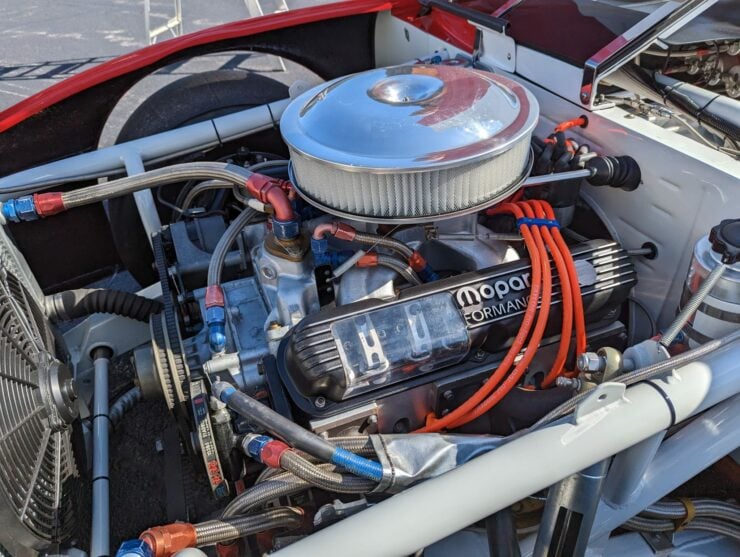

During its promotional use era the car was given a new red and white Marlboro livery body with a cutaway lefthand side to showcase the inner workings of the car. Viewers can now see into the car’s engine bay, interior, and rear section, as well as offering them a good look at the hefty tubular steel spaceframe chassis.
Inside the engine bay you’ll see that the left valve cover and oil tank have transparent windows to show what’s happening inside, and the left-front shock absorber has been modified to show its inner workings.
The car is now being auctioned on Bring a Trailer out of Indianapolis, Indiana with spare parts, an IROC logbook, a removed set of complete body panels, and a bill of sale. If you’d like to read more about it or register to bid you can visit the listing here.
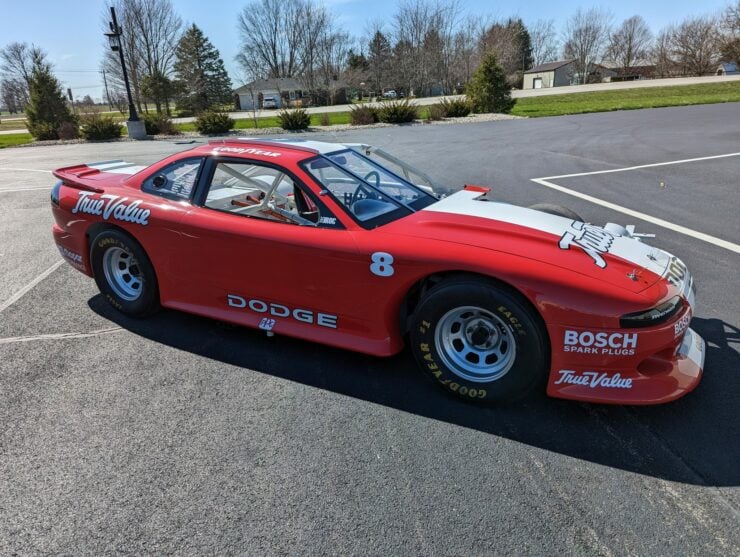
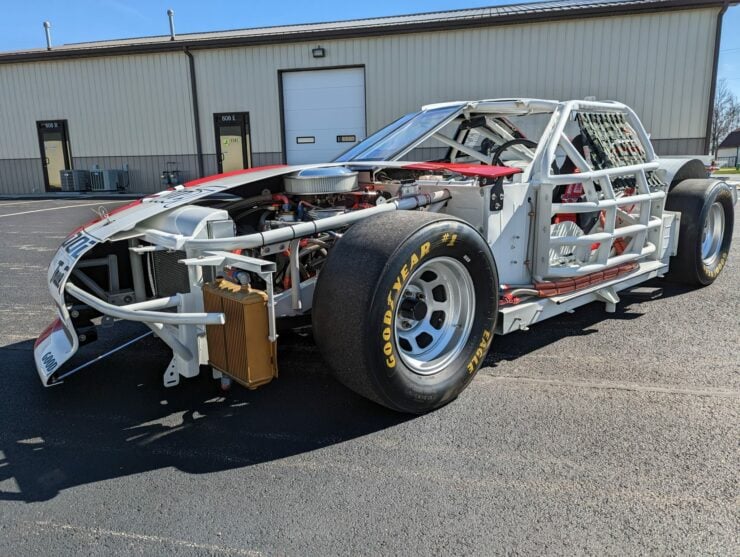
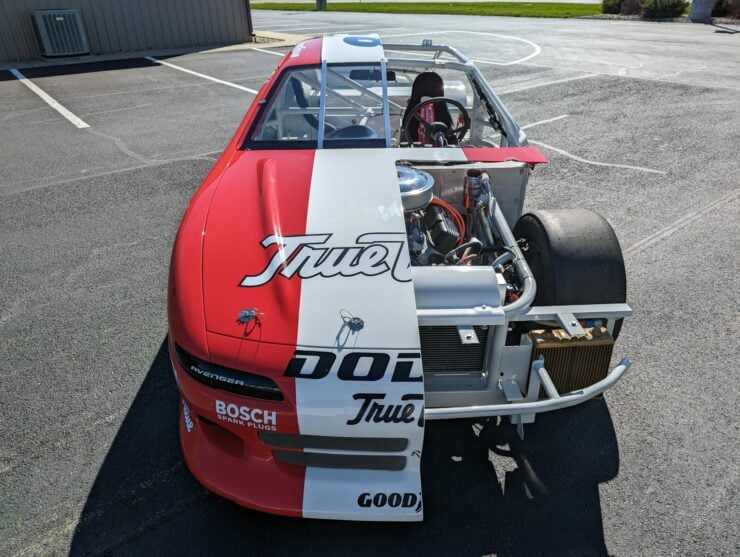

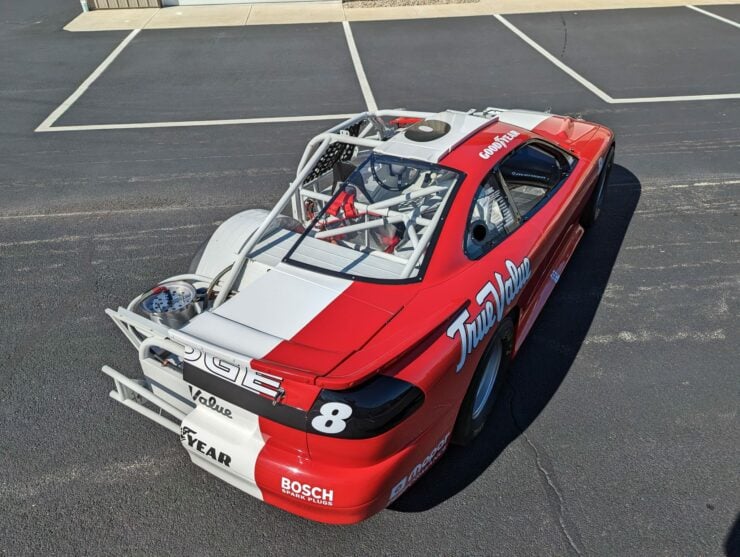
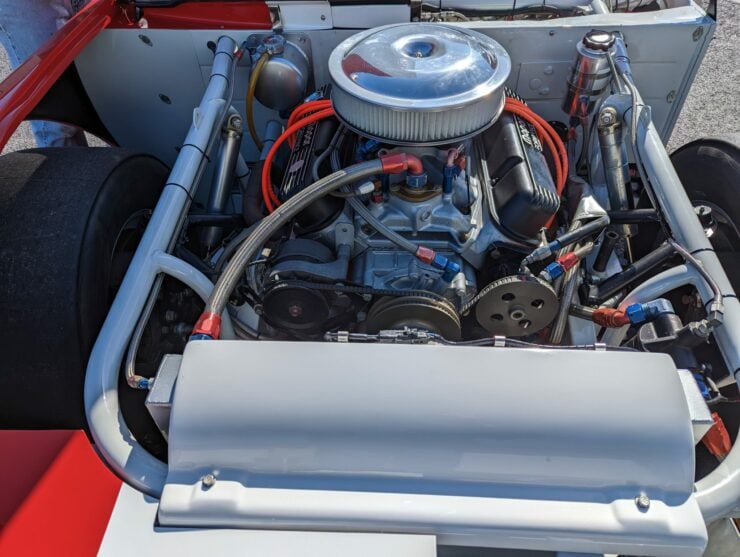
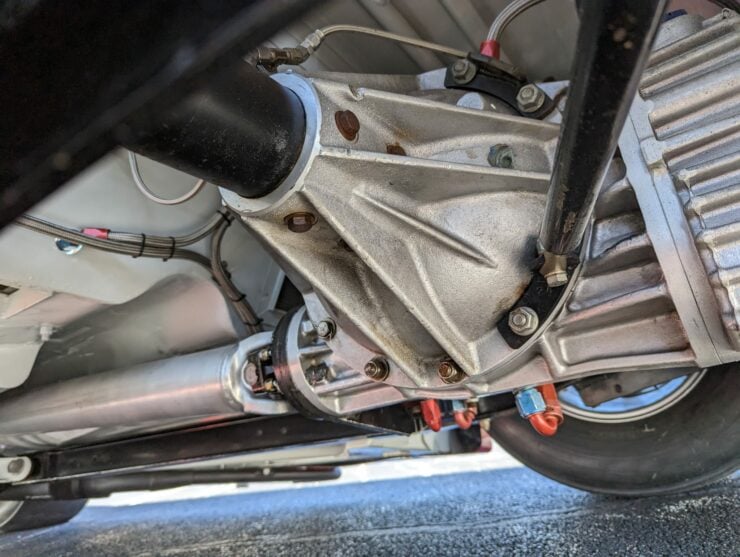
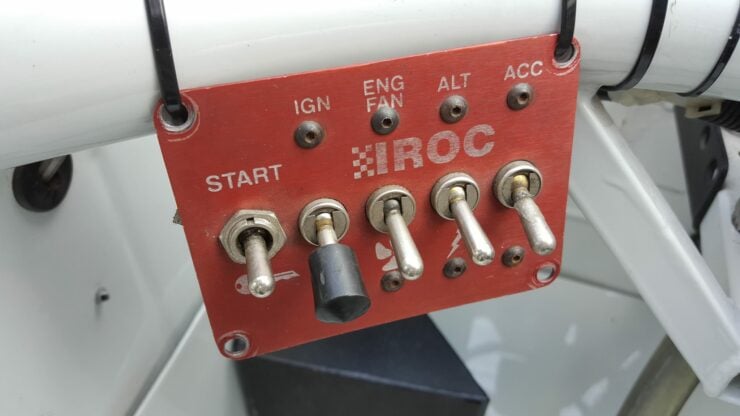
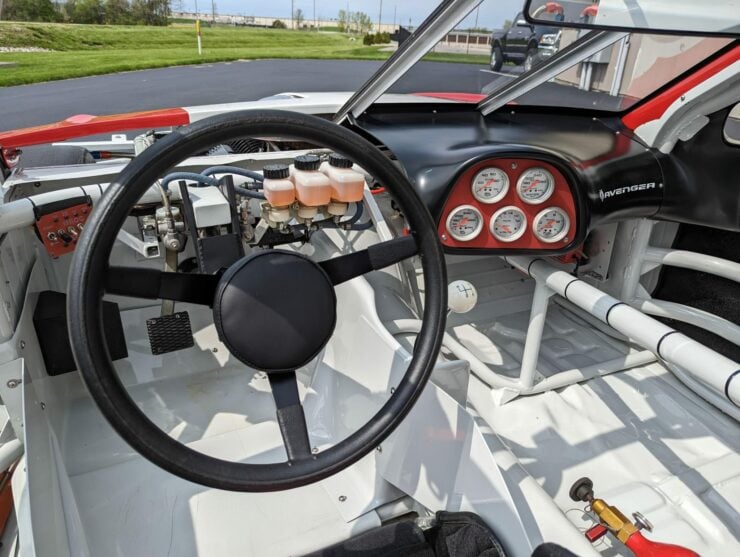
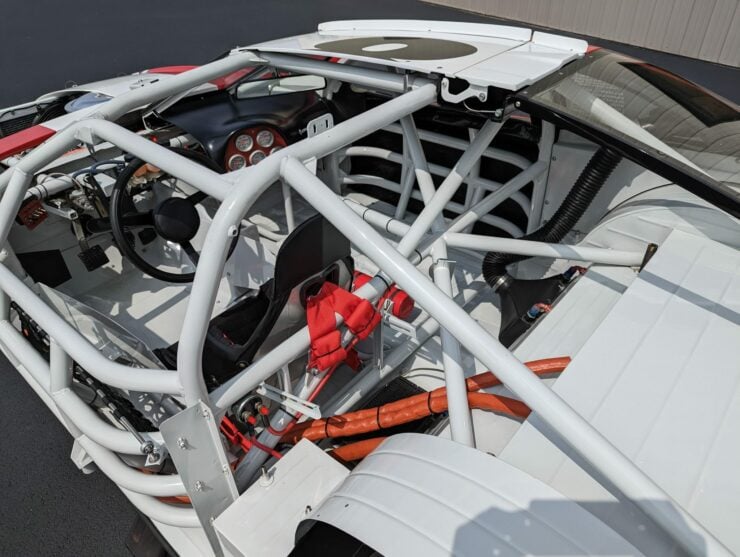
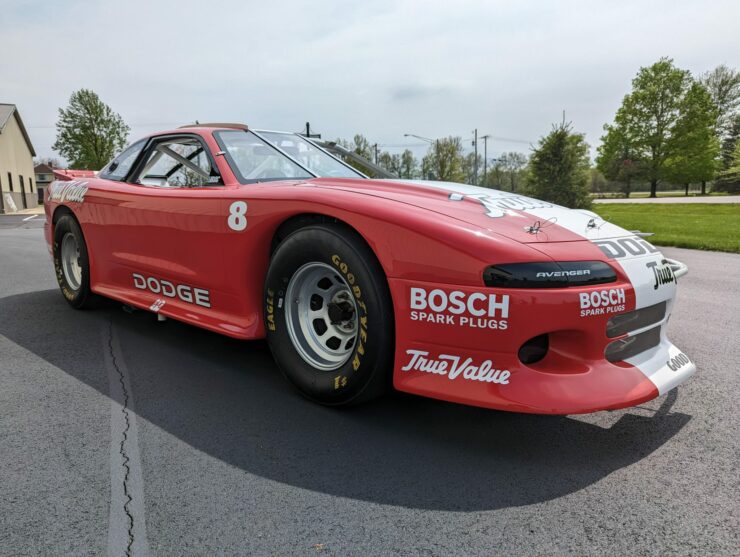
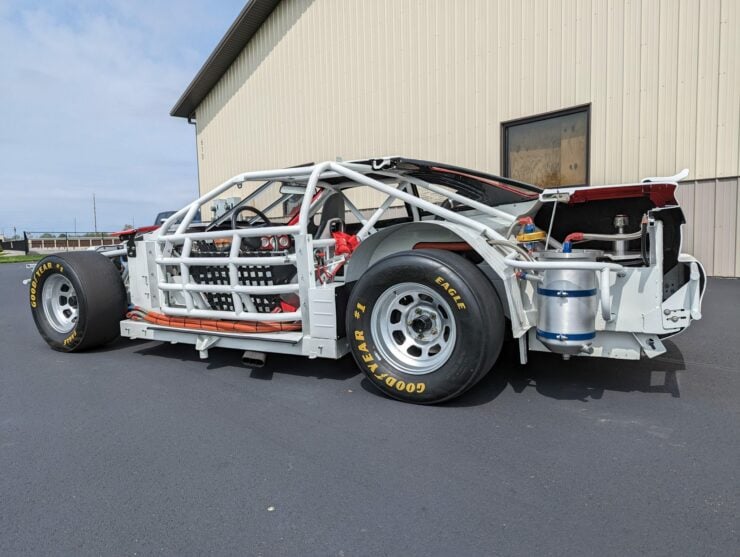
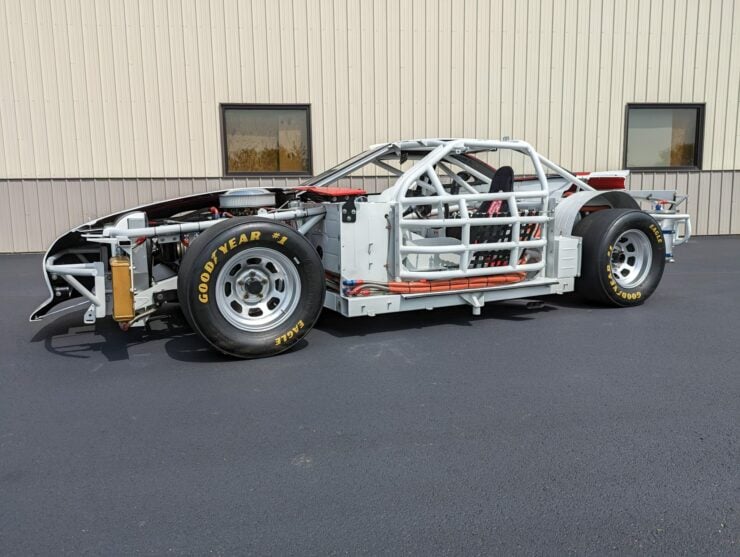
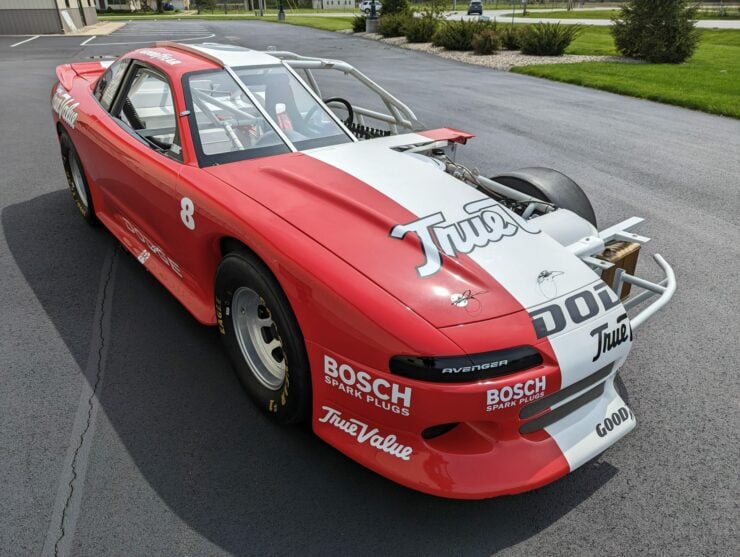
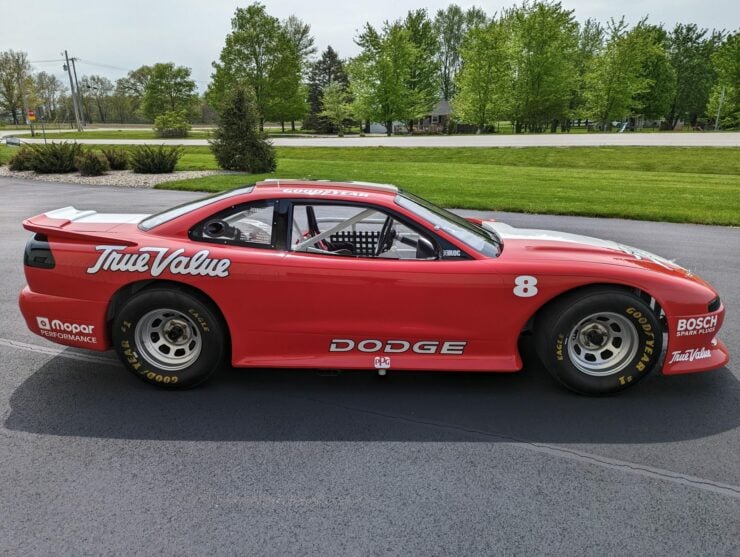
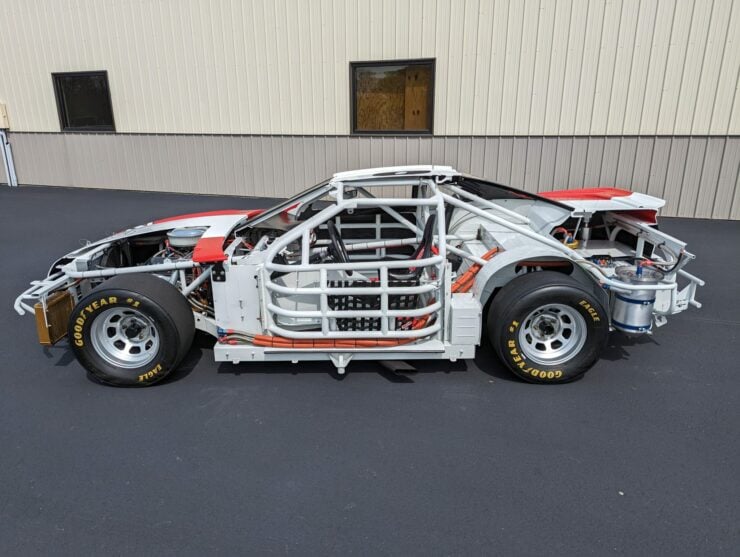
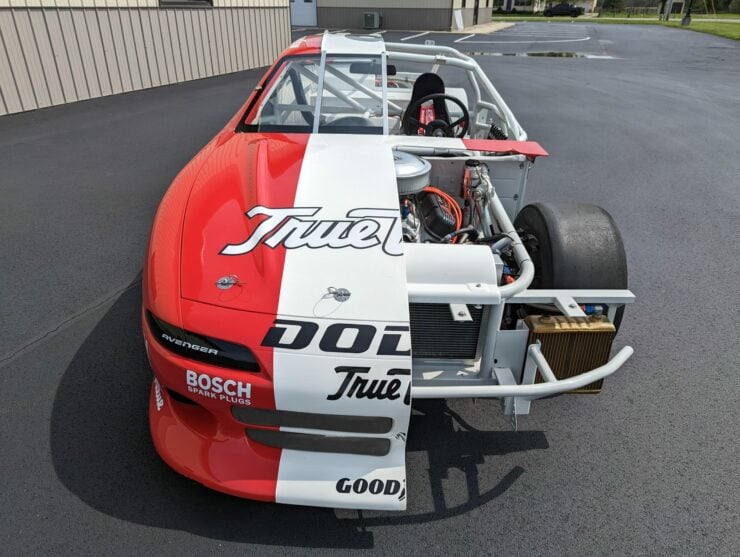
Images courtesy of Bring a Trailer

